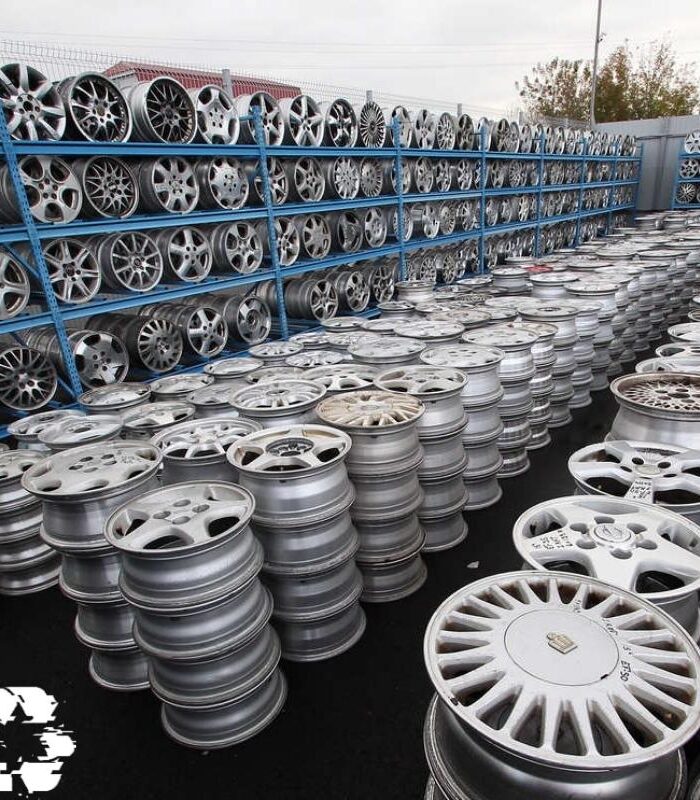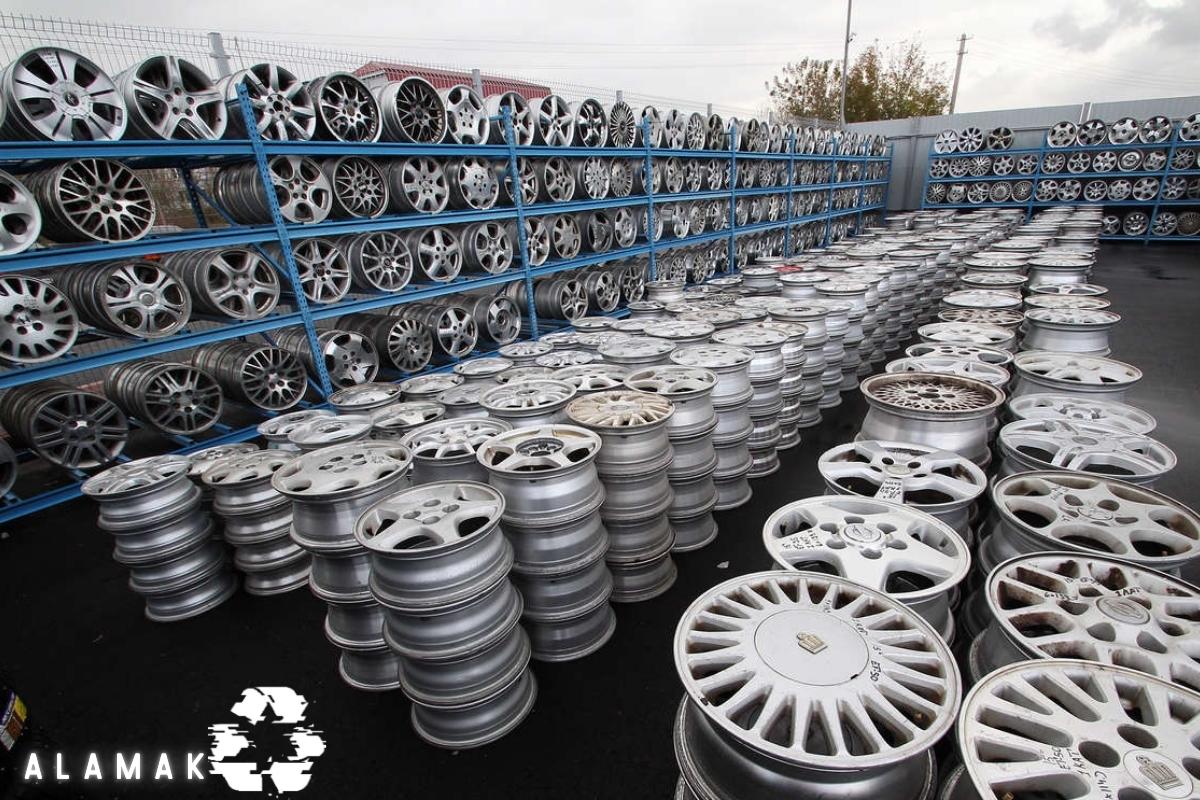Collecting Automotive Waste:
1. Tires: Collecting used tires from auto repair shops, tire retailers, and waste management facilities.
2. Wheels: Gathering discarded wheels from automotive scrapyards and manufacturing plants.
3. Motor Scrap: Acquiring scrap motor parts from auto repair shops, dealerships, and salvage yards.
Recycling Automotive Waste:
4. Sorting: Categorizing the collected waste into specific types, such as tires, wheels, and motor scrap.
5. Shredding: Shredding tires to break them down into smaller rubber pieces for further processing.
6. Steel Separation: Separating metal components, such as steel rims and motor parts, from wheels and motor scrap.
7. Metal Recycling: Using metal recycling techniques to extract valuable metals like steel and aluminum from the separated components.
8. Rubber Recycling: Processing shredded tires to produce rubber granules for various applications.
9. Plastic Recycling: Recycling plastic components, such as motor casings and vehicle parts, through plastic recycling methods.
10. Reselling: Selling the recovered materials, including metal, rubber, and plastic, to industries for repurposing and manufacturing new products.
11. International Distribution: Exporting the recycled materials to buyers and customers worldwide.
ALAMAK’s Approach:
12. Sustainability: Following environmentally friendly practices to minimize waste and promote a circular economy.
13. Compliance: Adhering to relevant regulations and standards in waste management and recycling.
14. Quality Control: Ensuring the quality and purity of the recycled materials through rigorous testing and inspection.
15. Continuous Improvement: Regularly updating recycling processes and technologies to enhance efficiency and maximize resource recovery.
Origin: Russia
Quantity: 100,000 metric tons
ALAMAK’s commitment to recycling Automotive Waste contributes to reducing environmental impact, conserving resources, and supporting a sustainable future.

